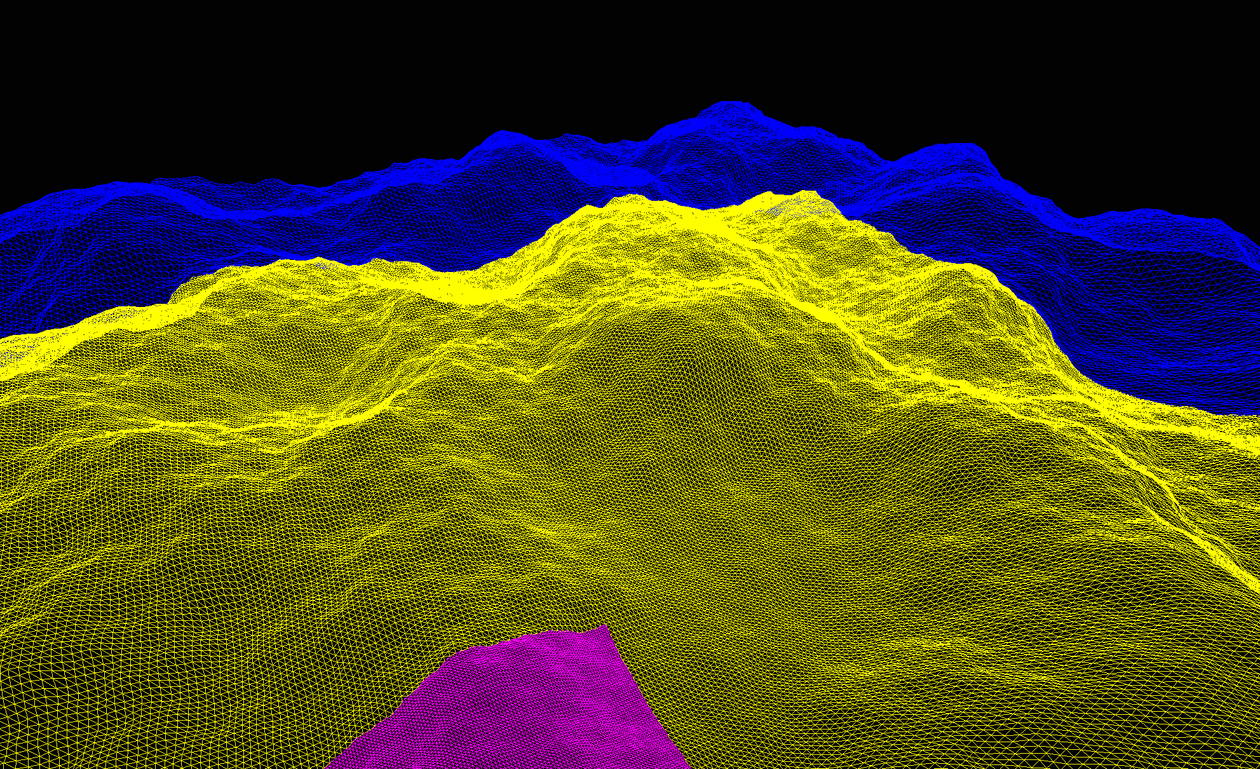Procedural game development has become a hot topic among game developers in recent years. Unlike traditional game development, this method utilizes automatically generated content based on rules to create various game elements. This allows developers to build vast worlds, offering players new experiences every time. However, to effectively leverage procedural generation techniques, appropriate tools and techniques are essential.

In this article, we will introduce several tools and techniques that can be utilized in procedural game development. Let’s explore how these methods can help developers fully express their creativity.
Shaders and Textures: Key Techniques for Enhancing Visual Fidelity
In procedural game development, shaders and textures play a crucial role. They significantly impact the visual quality of the game, providing players with an immersive experience.
Triplanar Mapping
Triplanar mapping is a technique that allows seamless texturing on a mesh without requiring a UV map. This is particularly useful in procedurally generated terrains, where defining a UV map can be challenging. With this method, developers can implement simple yet effective texturing.
The technique blends textures based on three axes, and by using the pow() function to adjust weights, it prevents one axis from being overly dominant. This results in more natural-looking textures and optimized performance.
Hex Tiling
Hex tiling is an algorithm that helps to hide repetitive patterns in textures, making it highly effective when applying textures over large areas. This algorithm can be easily integrated into libraries like Three.JS with minimal additional performance overhead.
Although this technique requires a pre-defined UV map, it significantly reduces the repetitiveness of textures, greatly enhancing the visual quality of the game.
Performance Enhancement: Depth Pre-Pass
Performance is always a critical issue in game development. Depth pre-pass is a technique where the scene is rendered twice, recording the depth of pixels, and can improve performance by up to 30% in scenes with heavy overdraw. Combined with texturing techniques, this helps maintain smooth performance even in large scenes.
AI-Based PBR Texture Synthesis: Adding Realism
AI-driven PBR texture synthesis is a rapidly spreading technology in procedural game development. This technology allows the easy creation of complex textures, significantly enhancing scene quality. Tools like DeepBump and Materialize for generating PBR maps are already popular among developers.
Constructive Solid Geometry
Constructive Solid Geometry (CSG) is a powerful tool that can be used to merge or cut meshes. This helps create more realistic objects in procedurally generated worlds. By using CSG to add damage or cracks to meshes, you can bring more life to in-game objects.
Conclusion
Procedural game development is where creativity meets technology. The various tools and techniques introduced in this article will help developers achieve the best possible results in their projects. Use these techniques to build richer and more diverse game worlds. The moment when innovative ideas meet cutting-edge technology, game development becomes more exciting than ever.
For those who have entered the world of game development, these tools and techniques will open doors to new possibilities.
References: cprimozic.net, “My Favorite Tools + Techniques for Procedural Gamedev”
